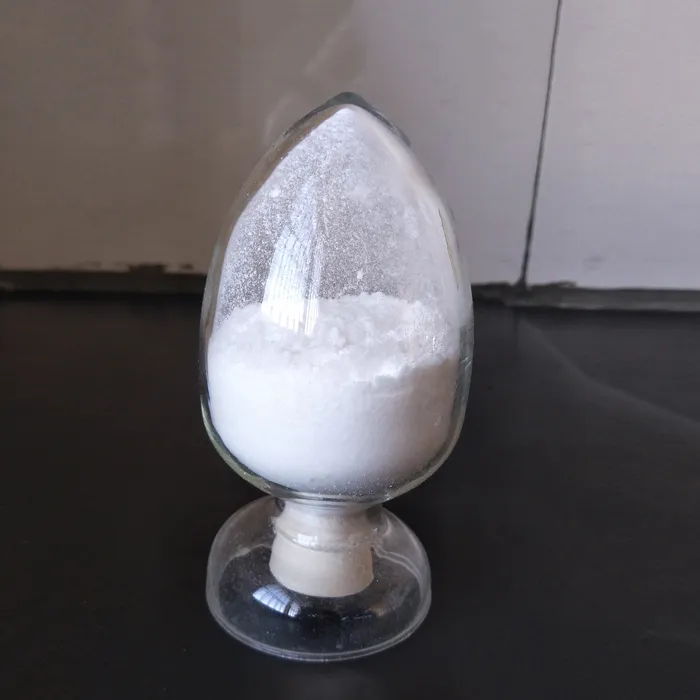The Multifaceted World of 1-(2-Methoxyphenyl)piperazine
1-(2-Methoxyphenyl)piperazine, often abbreviated as 2-MOPP, is a fascinating compound that has captured the attention of chemists and pharmacologists alike due to its unique structural properties and potential applications in medicinal chemistry. The compound features a piperazine ring substituted with a 2-methoxyphenyl group, providing both a cyclic structure and an aromatic moiety that may interact with various biological targets. This article explores the synthesis, significance, and pharmacological properties of 1-(2-methoxyphenyl)piperazine.
Synthesis of 1-(2-Methoxyphenyl)piperazine
The synthesis of 1-(2-methoxyphenyl)piperazine typically involves the alkylation of piperazine with an appropriate benzyl halide or other suitable electrophiles containing the 2-methoxyphenyl group. A common method includes the reaction of piperazine with 2-methoxyphenyl bromide under basic conditions. This approach not only yields the desired product but can also be optimized to enhance yield and purity. This synthesis pathway highlights the importance of regioselectivity and the choice of reaction conditions, both of which can significantly impact the outcome of the reaction.
Chemical Characteristics
1-(2-Methoxyphenyl)piperazine exhibits interesting chemical characteristics that contribute to its biological activity. The compound features a piperazine ring, which is known to enhance solubility and provide a basic site for interactions with various receptors. The presence of the 2-methoxyphenyl group introduces additional electron-donating effects, which can influence the compound's affinity for different biological targets. Furthermore, the methoxy group can also participate in hydrogen bonding, further enhancing its interaction with receptors and enzymes.
Pharmacological Significance
Research into the pharmacological properties of 1-(2-methoxyphenyl)piperazine indicates that the compound exhibits a range of biological activities. Due to its structural similarity to several known neurotransmitter modulators, there has been interest in investigating its potential as a psychoactive substance. Preliminary studies have shown that 2-MOPP acts on various neurotransmitter systems, including serotonin, dopamine, and norepinephrine pathways.
1-(2-methoxyphenyl)piperazine

1-(2-Methoxyphenyl)piperazine is particularly noteworthy due to its serotonin receptor interaction. Several studies have identified the compound as a selective serotonin reuptake inhibitor (SSRI), suggesting potential applications in the treatment of mood disorders, anxiety, and other psychiatric conditions. The ability of 2-MOPP to modulate serotonin levels presents opportunities for further exploration in drug development, particularly in creating new agents that can more effectively target serotonergic pathways.
Additionally, the compound's structural versatility allows for the potential modification of its pharmacophore, leading to derivatives that may enhance its efficacy or selectivity. Structure-activity relationship (SAR) studies are crucial in this context, as they can elucidate which modifications may lead to improved therapeutic profiles.
Challenges and Future Directions
Despite the promising pharmacological properties of 1-(2-methoxyphenyl)piperazine, there are challenges that need to be addressed. One of the primary concerns is the potential for off-target effects and toxicity, which are common hurdles in the development of psychoactive drugs. Comprehensive toxicity studies and the development of safer analogs will be vital in moving forward with 2-MOPP as a therapeutic agent.
Future research may also focus on exploring the compound’s interaction with various receptors beyond serotonin, particularly within the dopaminergic and adrenergic systems. Understanding the full spectrum of its pharmacological profile could open new avenues for therapeutic applications. Additionally, investigating the compound’s effects in vivo will provide valuable insights into its therapeutic potential and mechanism of action.
Conclusion
1-(2-Methoxyphenyl)piperazine is a compound of significant interest in the field of medicinal chemistry due to its unique structure and promising pharmacological properties. Its potential to modulate neurotransmitter systems could lead to novel treatments for a range of neurological and psychiatric disorders. However, ongoing research is necessary to fully understand its mechanisms, optimize its efficacy, and ensure safety in clinical applications. As studies continue, 2-MOPP holds the potential to contribute meaningfully to the landscape of psychoactive therapeutics.

